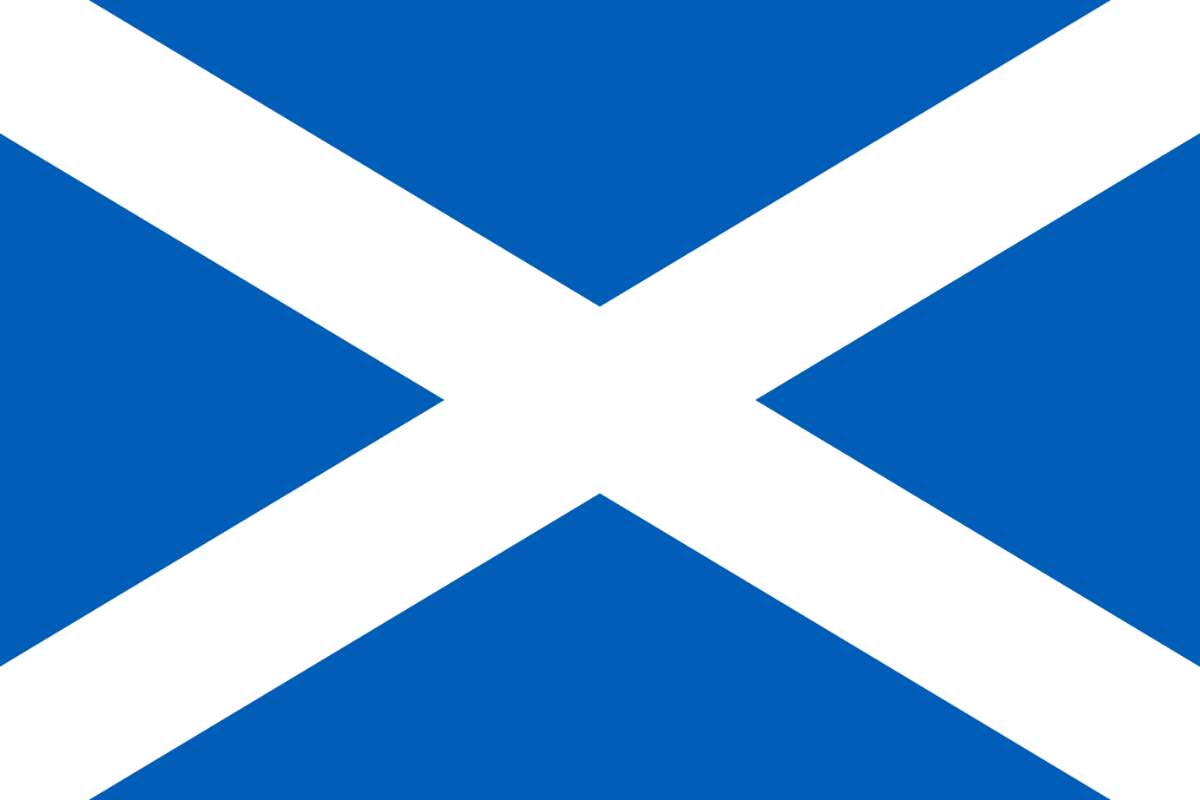The thistle, specifically the Spear Thistle (Cirsium vulgare), is the national flower of Scotland. Emblematic of Scottish heritage, it gained prominence through folklore, notably the legend of Norse invaders thwarted by its prickles. This symbol of resilience is featured in heraldry, poetry, and various national honors, including the prestigious Order of the Thistle, reflecting its deep-rooted significance in Scottish culture.
Scotland’s rich tapestry of history and culture is vividly symbolized by its national flower, the thistle.
This emblem, steeped in legend and tradition, represents more than just a plant; it’s a symbol of Scottish identity and resilience.
From ancient coins to modern heraldry, the thistle’s presence is a testament to its enduring significance.
Its mysterious origins and the various species found across Scotland add to its intrigue.
As we explore the thistle’s journey from folklore to national emblem, we uncover the layers of meaning behind this prickly protector of Scottish heritage.
Let’s get started!

What is the National Flower of Scotland?
Scotland’s national flower is the thistle, a plant renowned for its prickly leaves and purple flowers.
While several species of thistle grow in Scotland, the Spear Thistle (Cirsium vulgare) is often considered the true symbol.
This flower stands out not only for its distinctive appearance but also for its symbolic representation of Scottish tenacity and endurance.
The thistle’s exact origins as a national symbol are shrouded in mystery, adding to its allure and significance in Scottish culture.
When Was the Thistle Chosen as Scotland’s National Flower?
The exact date when the thistle was first chosen as Scotland’s national flower is not definitively recorded.
However, its use as a national emblem dates back centuries, with one of the earliest appearances on silver coins issued by James III in 1470.
The thistle’s adoption as a symbol of national identity seems to have evolved organically over time, rather than being selected on a specific date.
This gradual integration into Scottish culture reflects the thistle’s deep-rooted connection to Scotland’s history and folklore.
Why Was the Thistle Chosen as the National Flower of Scotland?
The choice of the thistle as Scotland’s national flower is deeply entwined with legend and folklore.
A popular story suggests its adoption was inspired by a defensive incident during a Norse invasion.
According to this legend, a barefoot Norse invader stepped on a thistle, causing him to cry out in pain and thus alerting the sleeping Scottish warriors, who were then able to defend themselves.
This tale, emblematic of defense and resilience, likely contributed to the thistle’s adoption as a national symbol.
While this story is not historically verified, it captures the spirit and pride of the Scottish people, making the thistle a fitting national emblem.
How Was the Thistle Selected as Scotland’s National Emblem?
The selection of the thistle as Scotland’s national emblem was not a formal or documented process.
Instead, it emerged organically over time as a symbol of national identity.
The thistle’s adoption is rooted in Scottish folklore and cultural tradition rather than a specific event or decision.
Its representation on early Scottish silver coins and its incorporation into the Great Seal of Scotland by Mary Queen of Scots signify its gradual acceptance as a national symbol.
This natural evolution reflects the thistle’s enduring connection to Scottish heritage and identity, rather than a deliberate selection through a public vote or committee decision.
Who Played a Key Role in Establishing the Thistle as Scotland’s National Flower?
While the thistle’s rise to prominence as Scotland’s national flower was a gradual process, several historical figures played key roles in its establishment.
Notably, Mary Queen of Scots incorporated the thistle into the Great Seal of Scotland during her reign, enhancing its status as a national symbol.
Additionally, Sir Walter Scott chose the thistle as the emblem for King George IV’s visit to Scotland in 1822, further cementing its symbolic significance.
These actions by influential figures in Scottish history contributed significantly to the thistle’s recognition and acceptance as a symbol of national pride and identity.
Where in Scotland Can You Find the Thistle?
The thistle, flourishing in its role as Scotland’s national emblem, can be found across various locations in Scotland.
It grows naturally in the countryside, from the Lowlands to the Highlands, and is also present on the islands.
The most common types, including the Spear Thistle, the Creeping Thistle, and the Marsh Thistle, are abundant in the wild.
Beyond its presence in nature, the thistle symbol is omnipresent in Scottish culture.
It adorns everything from the uniforms of police officers to the insignia of sports teams and is a popular motif in local businesses and major organizations.
This widespread representation underscores the thistle’s deep-rooted significance in Scottish heritage.
The thistle, Scotland’s national flower, is a symbol rich in history and folklore, deeply ingrained in the nation’s identity.
Its exact origins as a national emblem are shrouded in legend, notably the tale of Norse invaders foiled by its prickly defense.
This story, while unverified, beautifully encapsulates the spirit of resilience and protection that the thistle represents.
Over the centuries, figures like Mary Queen of Scots and Sir Walter Scott played instrumental roles in elevating its status, embedding it firmly in Scotland’s cultural and historical tapestry.
Today, the thistle thrives not only in the wild landscapes of Scotland, from the Lowlands to the Highlands, but also in the nation’s cultural expressions, from heraldry to sports and beyond.
Its pervasive presence across Scotland is a testament to its enduring legacy as a symbol of strength, perseverance, and Scottish pride, resonating with the heart and soul of the country.
- https://www.nts.org.uk/stories/the-thistle-scotlands-national-flower
- https://en.wikipedia.org/wiki/National_symbols_of_Scotland
- https://en.wikipedia.org/wiki/Thistle
- https://www.nrscotland.gov.uk/research/archivists-garden/index-by-plant-name/scotch-thistle
- https://www.visitscotland.com/inspiration/culture/thistle

